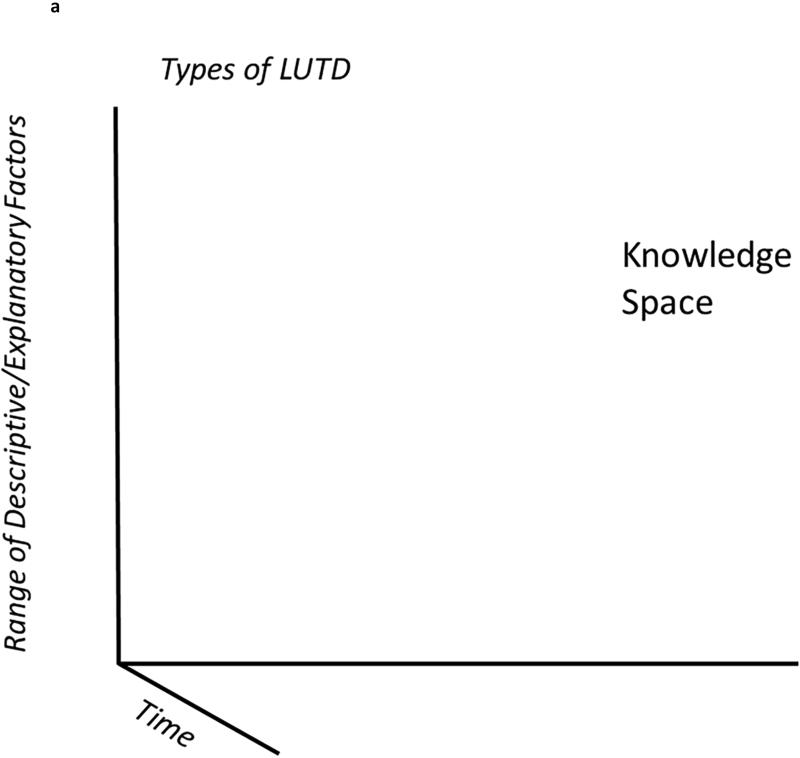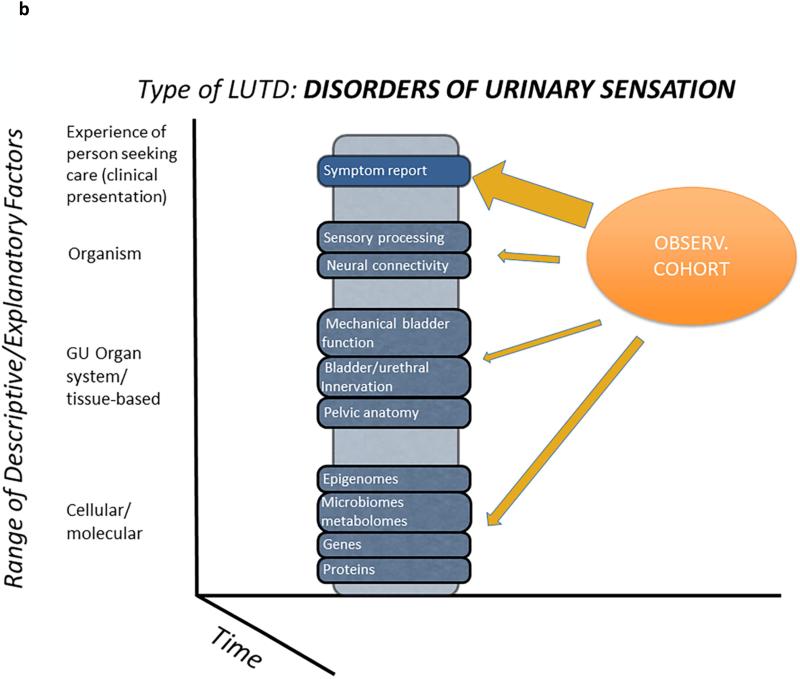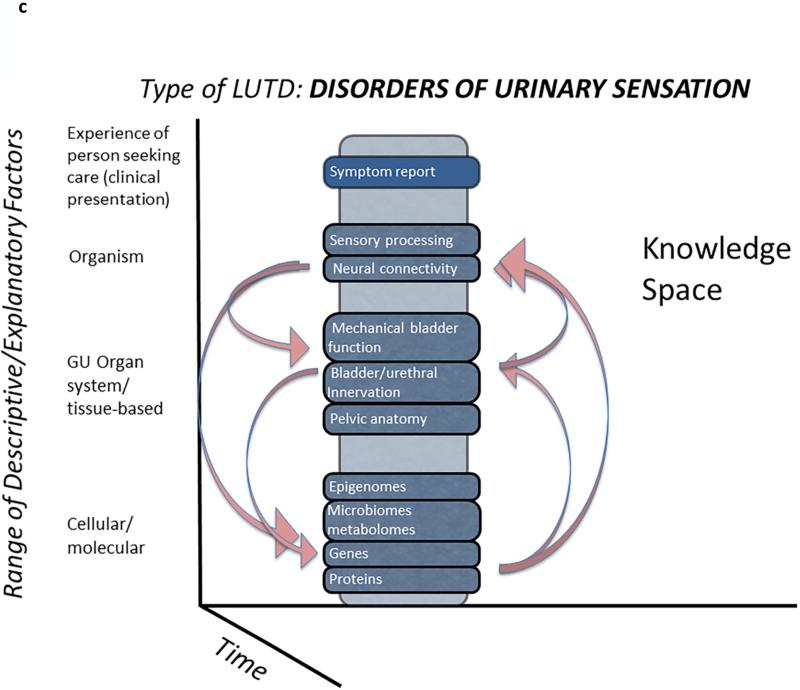Figure 1. Conceptual representation of LURN studies.
Figure 1a. Conceptual framework within which all of the LURN research efforts can be understood. The structure of this framework is a “knowledge space” imagined here as a cube, representing all possible knowledge about LUTD—a cube that is now only partially and irregularly filled because the majority of research done heretofore has been done in relative isolation. The work of LURN is a systematic effort to “fill in” this knowledge space.
Figure 1b. Components of LURN phenotyping studies. The LURN approach to phenotyping will be to start with a prospective observational cohort of subjects with LUTD. This cohort will also serve as the basis for further studies, which will allow more in-depth characterization of subsets of participants. These targeted studies will focus on sensory disorders of the urinary tract, and include neuroimaging and multimodal sensory testing, organ-based studies (i.e., testing of bladder and urethral function), and the evaluation of biological samples for biomarkers.
Figure 1c. Interaction of LURN studies. LURN is purposely and prospectively examining multiple factors looking for associations, rather than trying to isolate specific factors-- an entirely unique approach to the study of LUTD. The arrows designate the possible associations and links between the substudies, and they are not limited to the combinations shown here.



